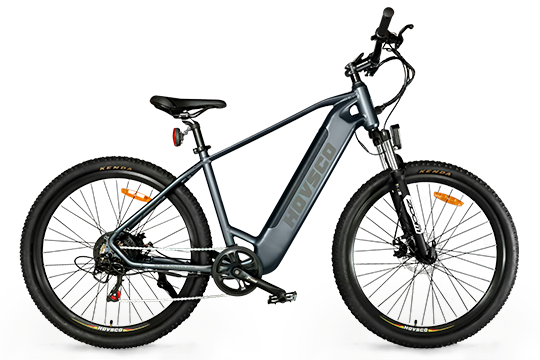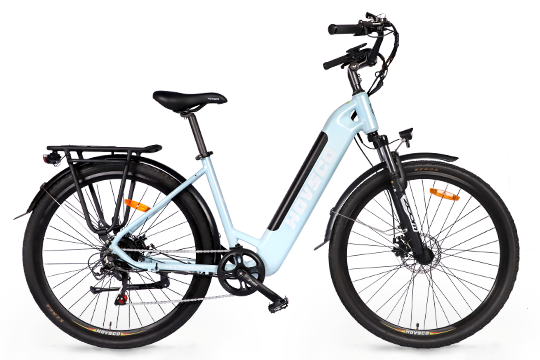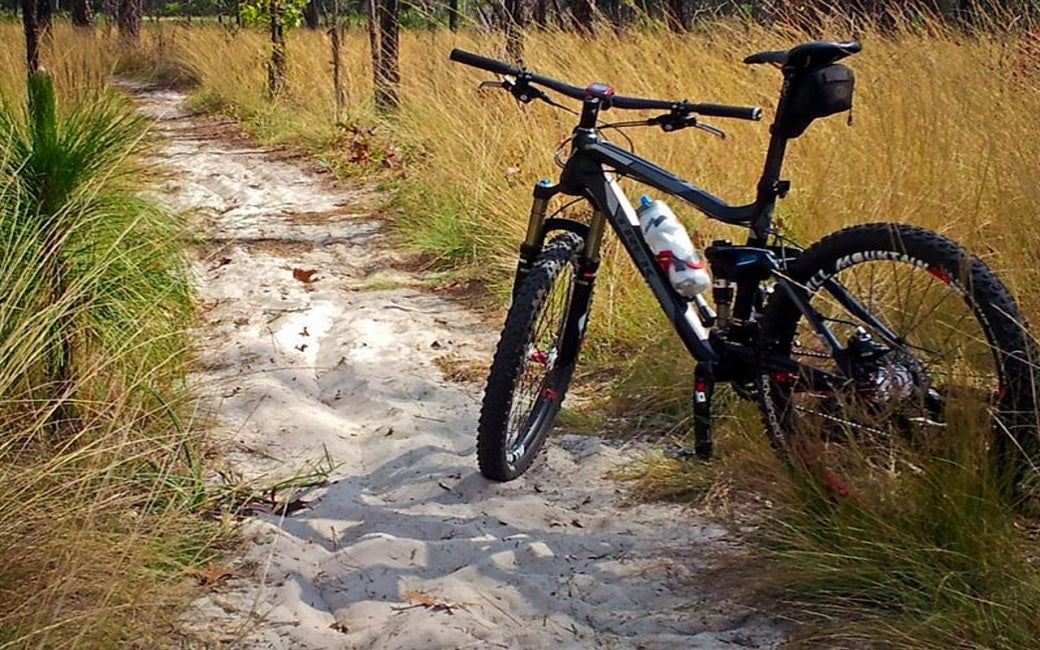How to Fix a Skipping Bike Chain

Almost every cyclist has experienced the problem of a skipping or slipping bike chain. The problem cannot be ignored, since it can negatively affect the riding experience and make the bike unpleasant to ride.
A chain skipping issue can be caused by many things related to the drivetrain system, most of the time a worn or incompatible chain. In order to fix this problem, a deep inspection must be performed for multiple parts, in order to pinpoint what exactly is the cause.
This malfunction can be caused by a number of factors, so it can be hard to pinpoint exactly the cause. So in this guide, we hovsco team will cover all the possible reasons that can cause the chain to slip, skip, or jump from the gears.
Reasons That Your Bike Chain Keeps Slipping
The most common cause of your bike chain skipping between gears while you're riding or shifting twice when you try to change gears is a loose cable. The cables of your bicycle naturally stretch as you ride. Cables stretch most during the first few rides after installation, but older cables stretch too far. That's when problems begin.
Your chain will skip if there is not enough cable tension to regulate your derailleur (the part of your bike that shifts the chain from one sprocket to the next). Check out our article about foldable chain locks VS U-locks for a better purchase about chain.
- worn chain.
- incompatible drivetrain parts.
- too much lube.
- worn cog teeths.
- shifting system problems.
- worn out freewheel body shell.
- bad attachment between freehub and wheel hub.
Tip 1. Adjust Cables Tension
New bike chains slip most often when cables are loose. When shifting cables are new, they stretch a lot during the first ride. As the cables stretch, your chain slips between gears, and that's when the problem arises. Nevertheless, adjusting tension for these stretched-out cables isn't rocket science and can be done very easily. Follow these steps to quickly adjust the tension.
By pedaling manually, put your bike in park mode and set your chain on the smallest cog of the rear cassette. Check your chain by shifting. You need to add tension if the chain won't move up a gear. To turn the right barrel adjuster away from you, twist the right barrel adjuster. A derailleur's backside is occupied by this small part. Press the shifter again to check the chain. If the issue persists and the chain doesn't move up, repeat the entire process. By turning the adjuster, you will find the correct spot and movement, and the bike chain will shift as it should.
On the front derailleur, the same thing can be done. In order to adjust the front derailleur, you must turn the barrel adjuster in the opposite direction (turn it towards you).
Tip 2. Adjust Rear Derailleur
Modern bicycles use fragile materials for their rear derailleur hangers. A bent or out-of-alignment rear derailleur hanger is likely to cause a massive bump or pedal under pressure. The tension of shifting cables can be disturbed by a bent or out-of-alignment rear derailleur, which causes the chain to slip.
In case the derailleur hanger is crooked, you can bend it straight. This can be done with some affordable tools. It is important to know how to use these tools. Alternatively, take the hanger to a bike shop for repair. Observe carefully the alignment of the rear derailleur. The alignment must be observed closely to determine whether it is correct.
The derailleur pulley is rotated clockwise and counterclockwise by a nut that connects the shifter cable to it. The nut must be adjusted until the pulley is correctly aligned. Invest in a new rear derailleur if adjusting and bending do not resolve the alignment problem.
Tip 3. Position Front Derailleur
You may also experience shifting chain problems if your front derailleur body is poorly positioned. Most people prefer to have these complicated and confusing adjustments set by a professional mechanic instead of doing them themselves. The following techniques will help you ensure that the front derailleur of your bike is positioned properly by checking the measurements.
Limitations in screw settings and an incorrect height of the front derailleur are the most common issues with the front derailleur. The derailleur arm should be positioned over the outermost ring. A distance of approximately 2 mm should be maintained between the outer cage of the derailleur and the chainring. A thin penny is recommended as a gauge.
You need to loosen the mounting bolt in order to reposition the front derailleur. On the opposite side of the seat tube, this bolt holds the derailleur to the frame.
To reposition the derailleur freely, you may also have to loosen the cable. Reposition the derailleur to the proper distance from the outermost chainring once it has been freed.
Tip 4. Worn Out Cogs
Your new bike chain might be slipping because of worn-out cogs. No matter how well you maintain your bike, the chainring and the chain cassette will wear out eventually. Make sure the chainring cogs aren't worn out since worn out sprockets can quickly ruin your newly installed chain. Even a few worn teeth are normal, but if you notice more than that, replace the cassette as soon as possible to prevent damage to your chain. It takes just a few minutes to change the chainring.
The cassette tool and chain whip are specialized tools you may need, however. Make sure you have the correct standard for the type of chainring you need to install. Refer to your owner's manual for more information.
Bike chain on a new bike
Tip 5. Cleaning Sprockets
Filthy chainring sprockets not only cause sluggish gear transitions, but also premature wear on the chain and chainring. Before installing a new bike chain, check the sprockets for dirt and grease accumulation. Moreover, you would be doing yourself a disservice if you threw out a chainring when you could have easily cleaned it.
A toothbrush and a degreaser would be all you'd need to remove the dirt from the chainring. Place the cassette, after removing it from the wheel, fully submerged in a bowl of degreaser. Allow it to soak for a while. When the sprockets are completely soaked, scrub them using a toothbrush until clean. Before reinstalling it, re-oil it. An occasional routine cleaning with pipe cleaners or a rug can save you from this labor.
Conclusion
In most cases, chain skipping issues can be resolved by following these steps. Alternatively, your chain may be too long or too stretched. You may be able to resolve this issue by removing a few excess links. Another option is to find out how long the chain has been in business. All other parts of your bike, as well as the cable, will need to be replaced from time to time. Instead of risking a serious accident by riding on old parts, it's better to replace them when they need replacing.
check the followings if you want to know more about e-bikes
5 Golden Tips on How to Store Your E-bikes Safely 3 Best Solutions for E-bike Disc Brakes Noise






Leave a comment